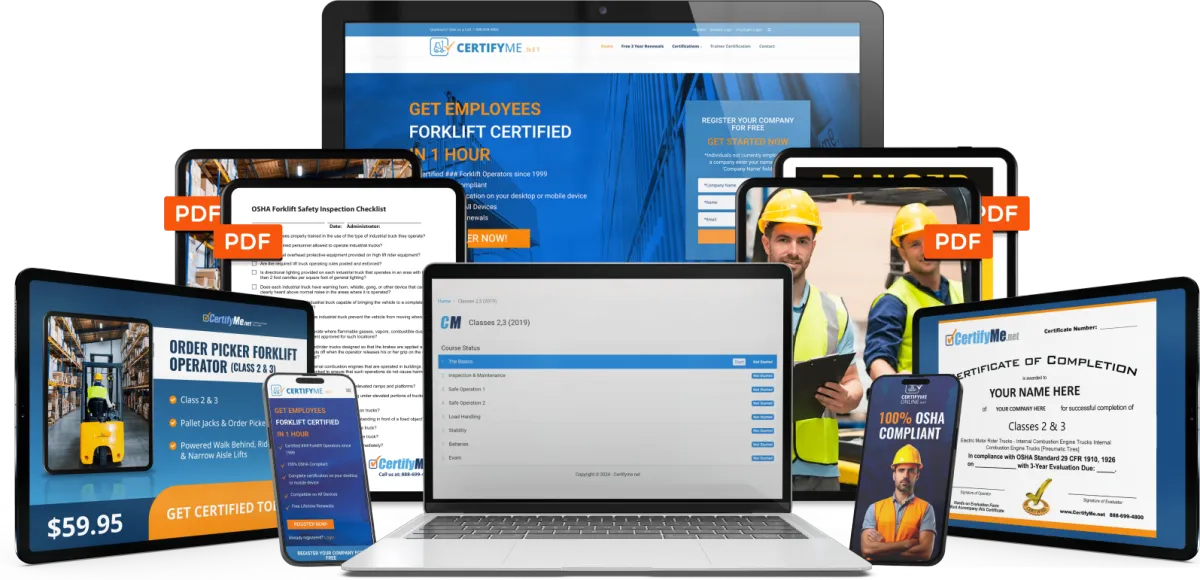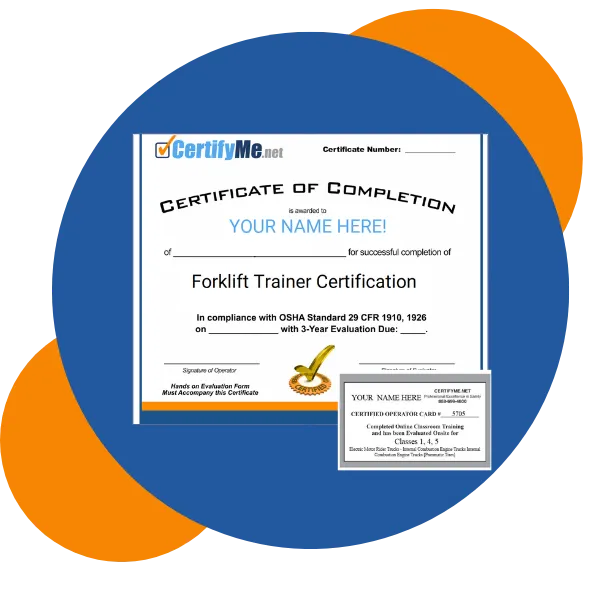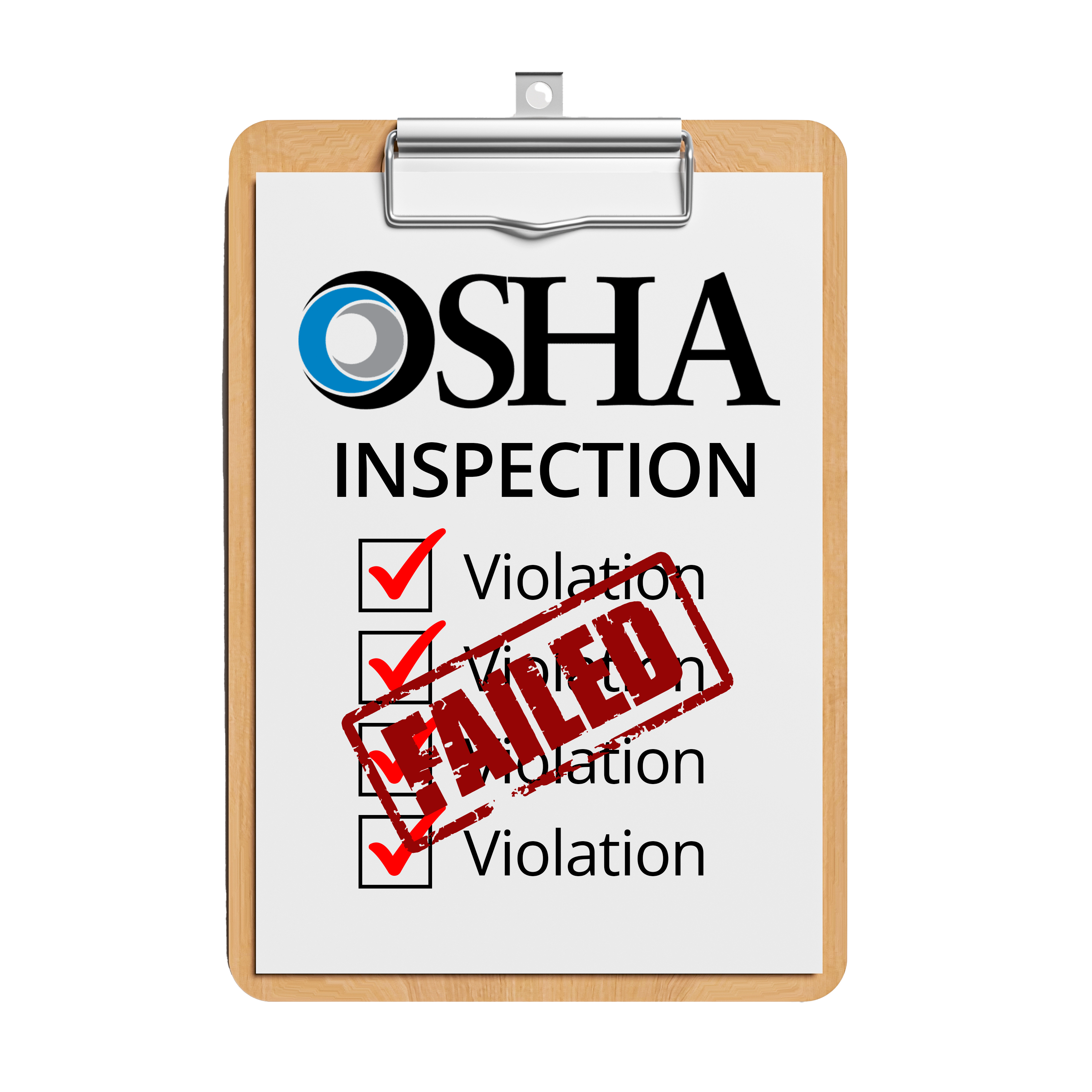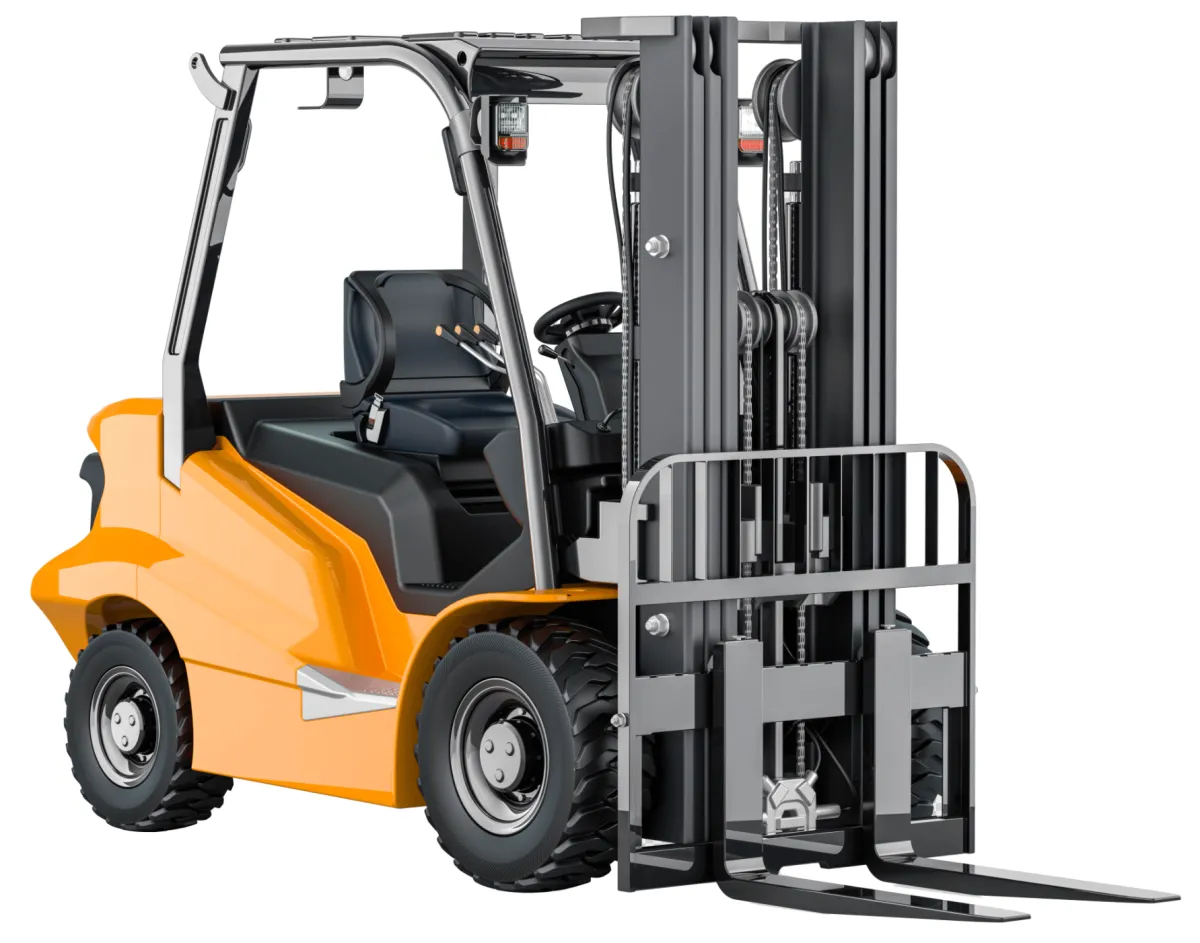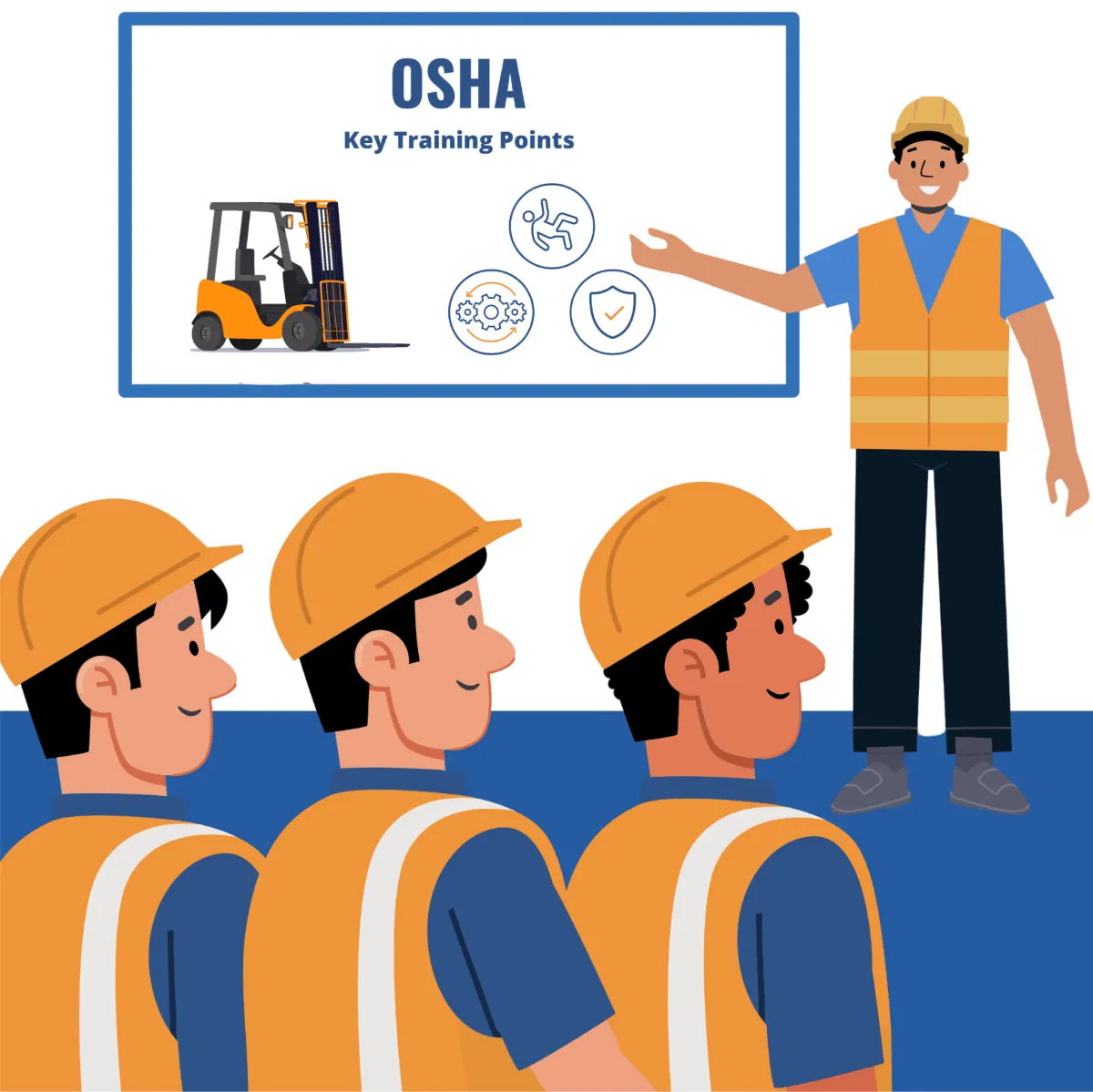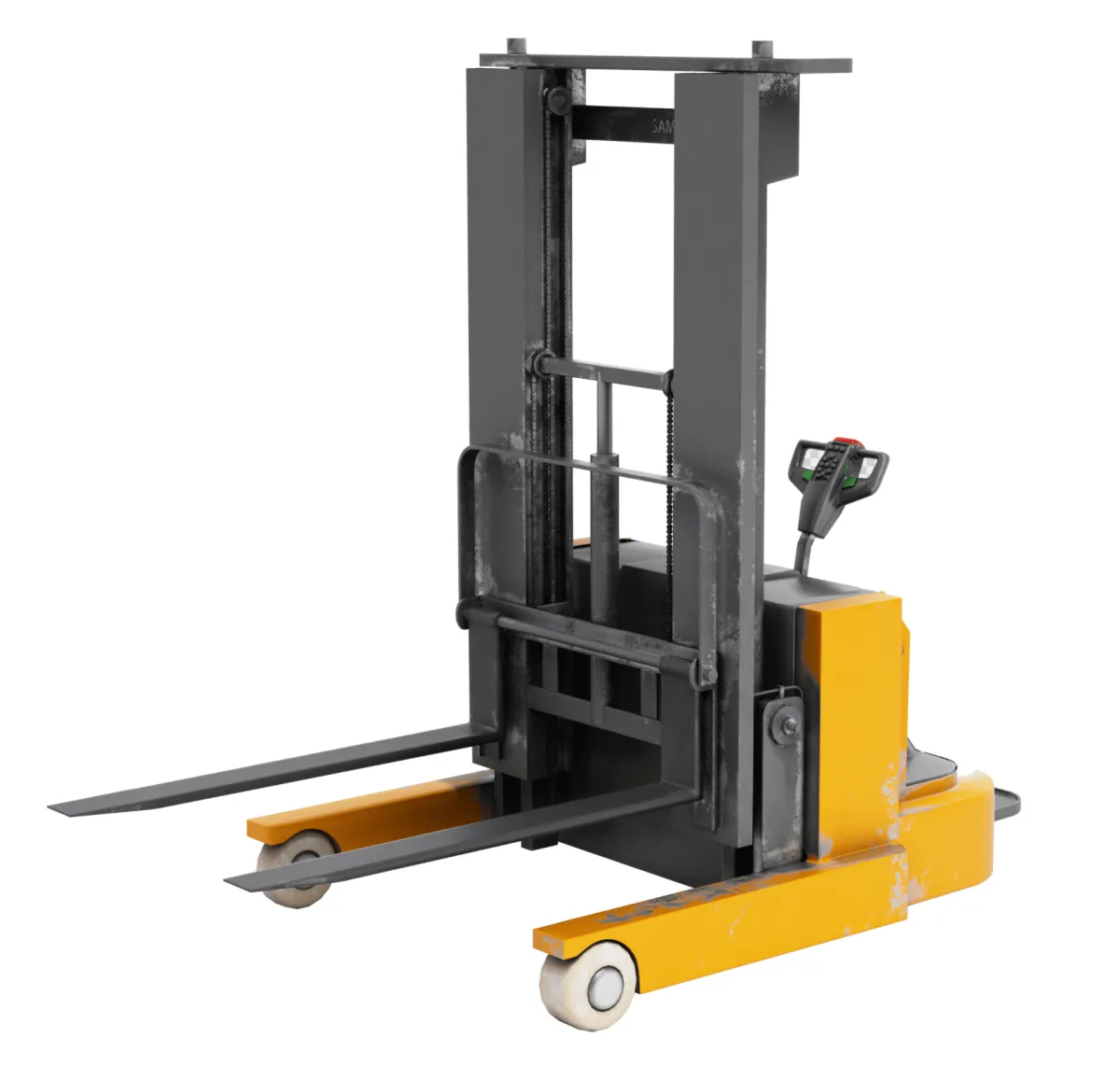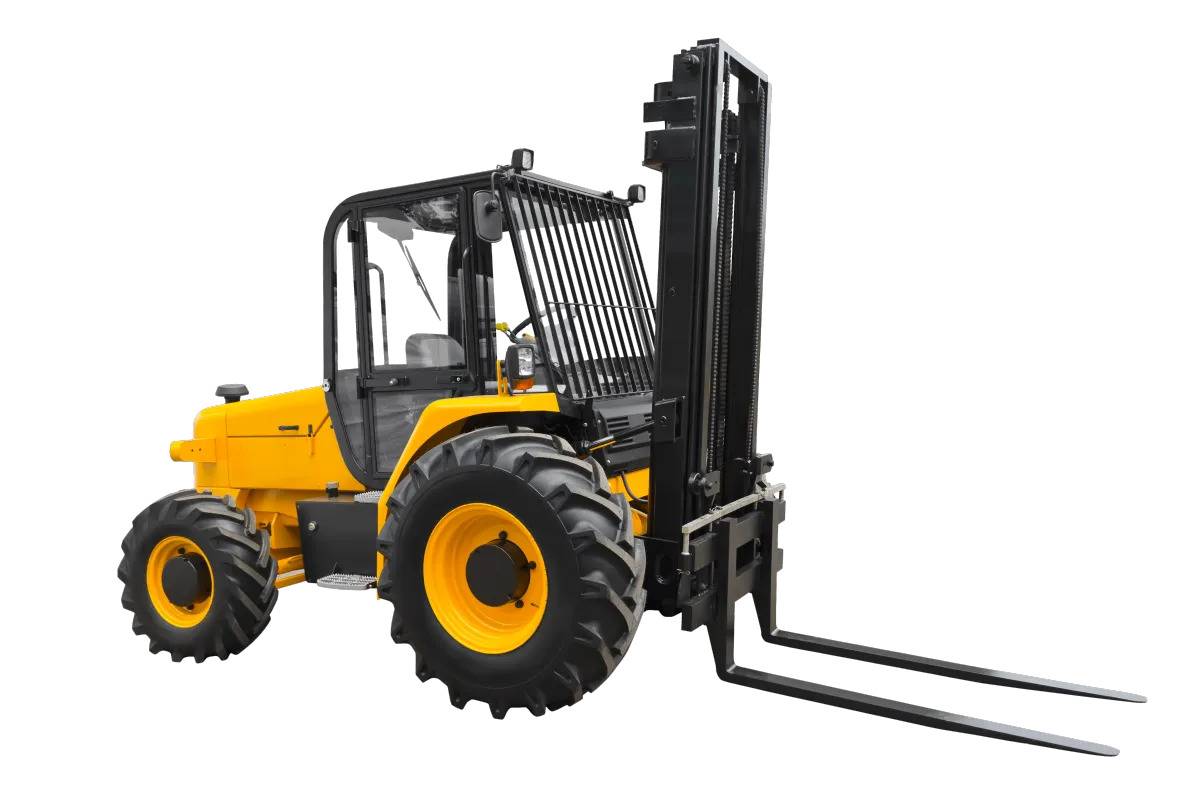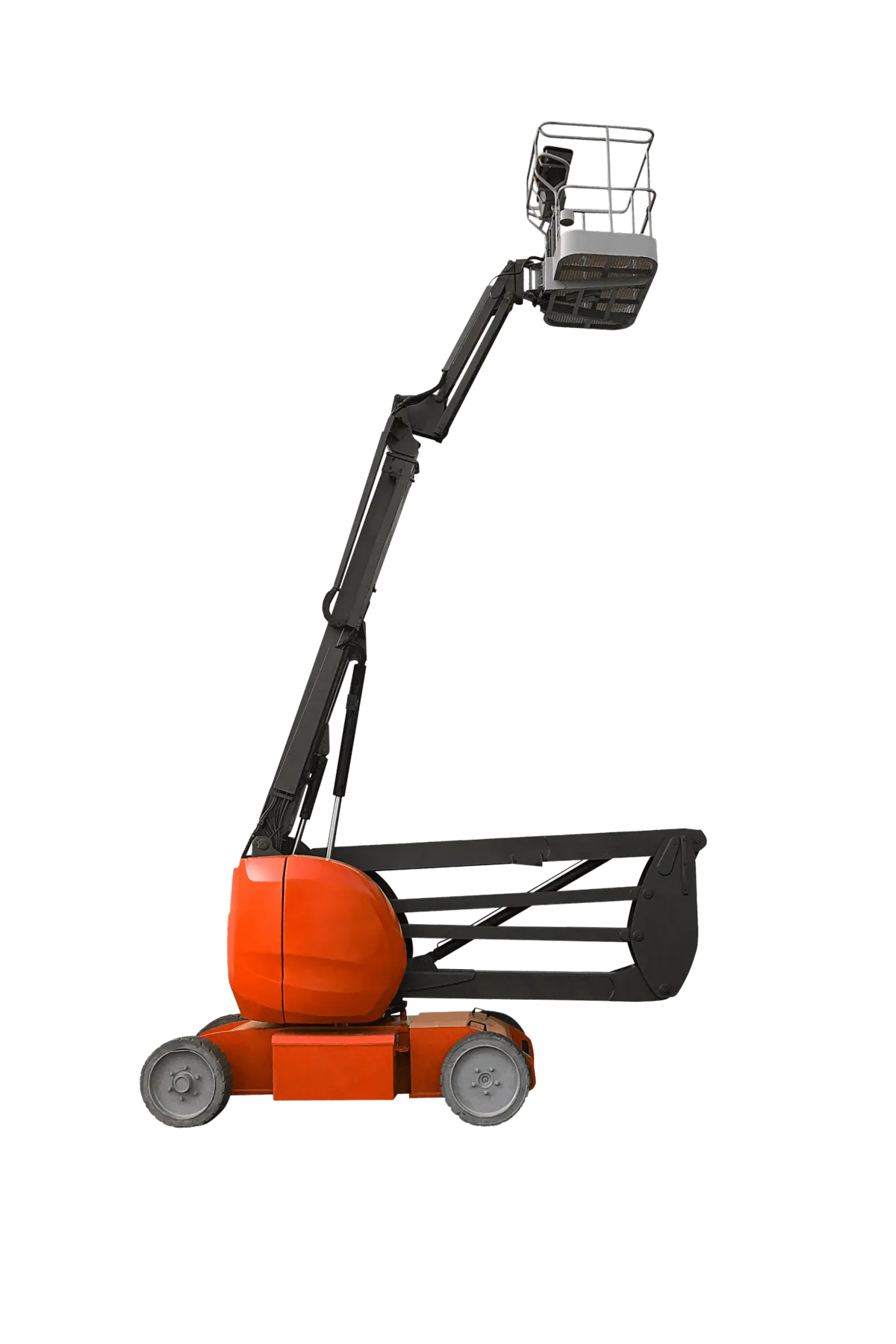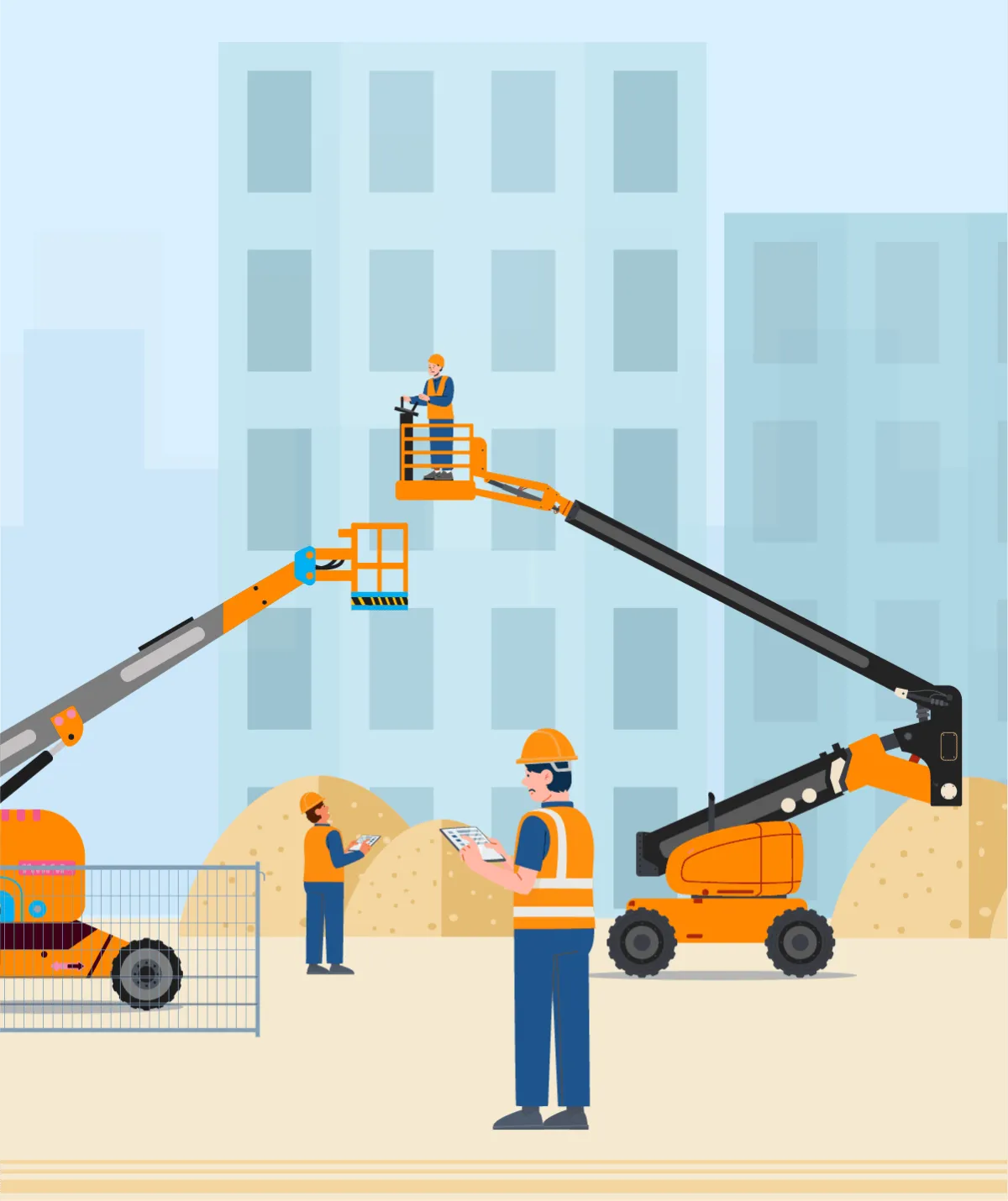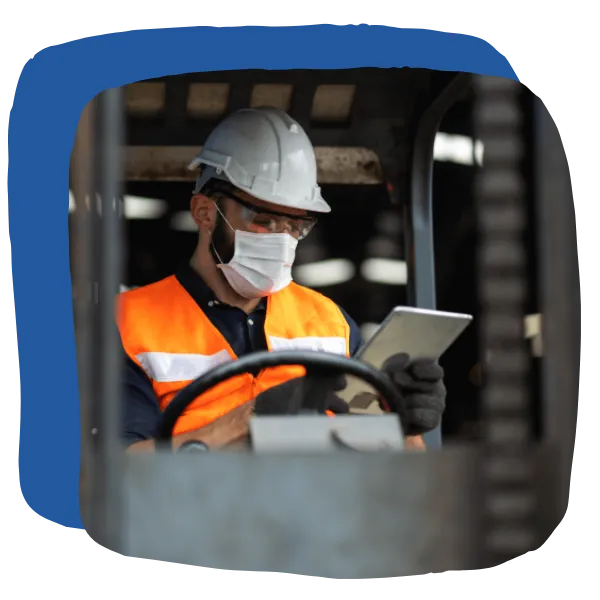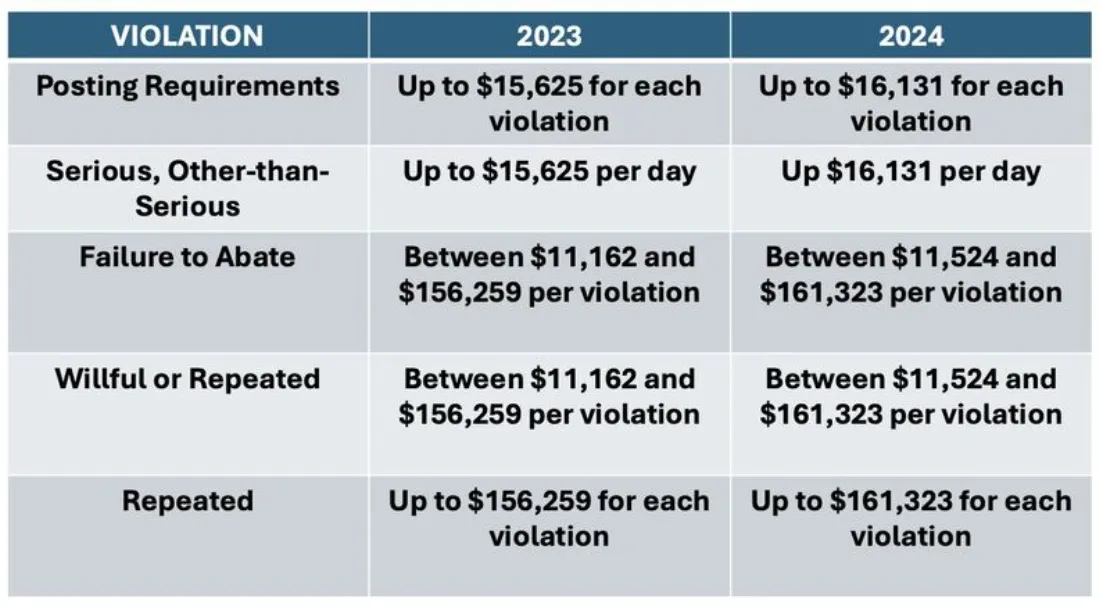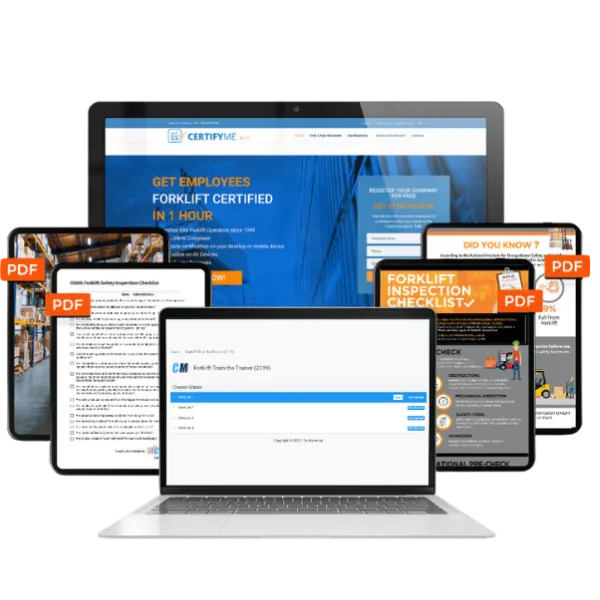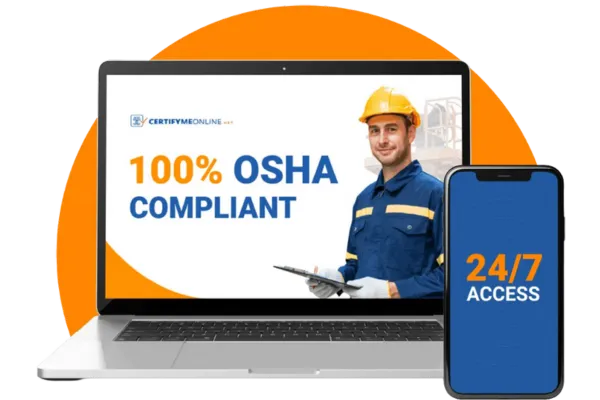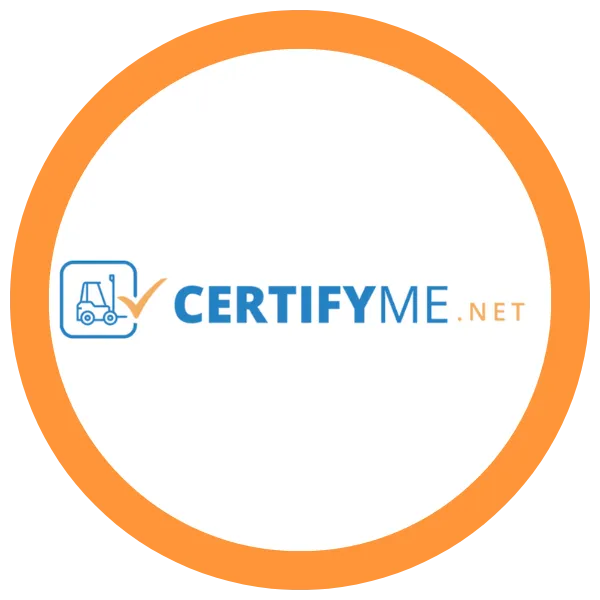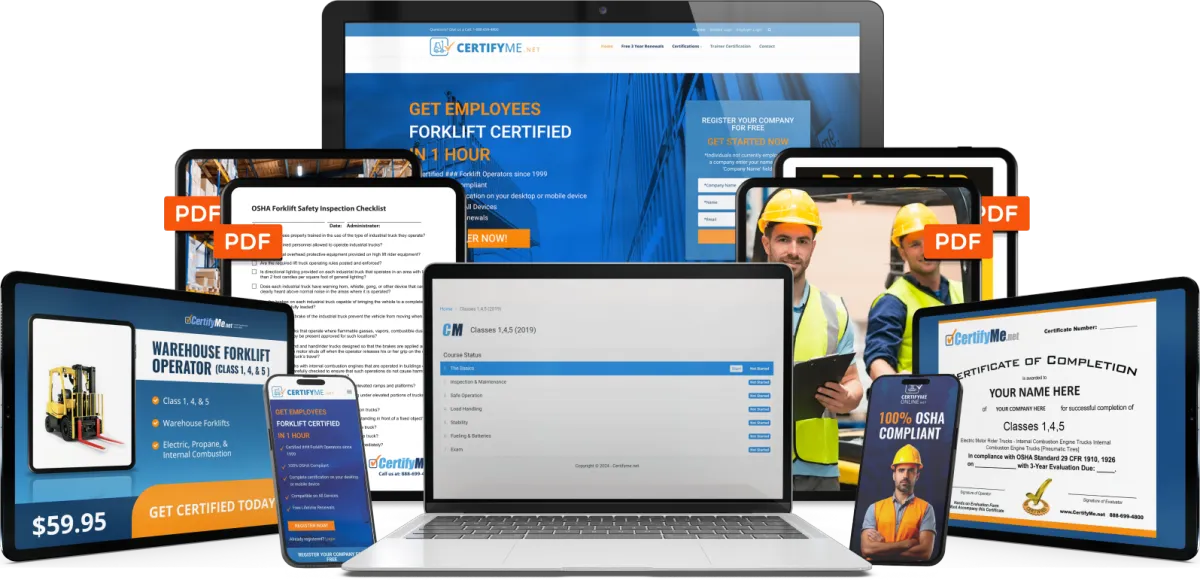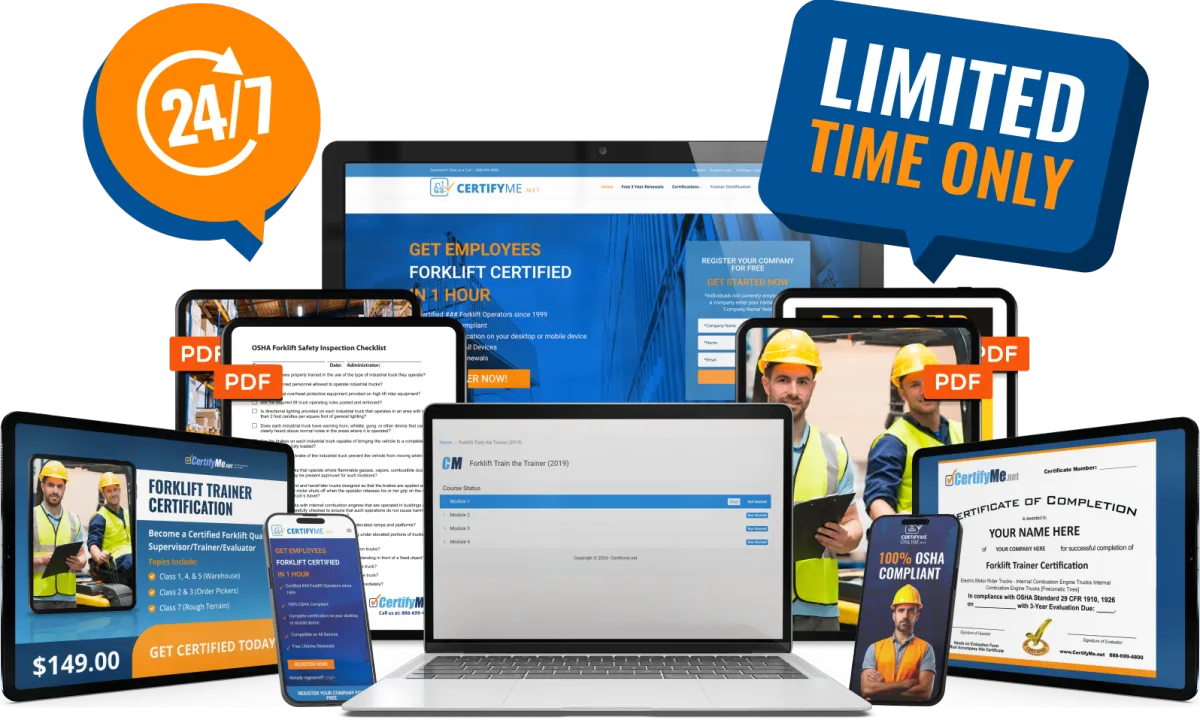Forklift Certification Training Course
Same Day Online Forklift Certification OSHA Compliance Guaranteed
At CertifyMe, we know how important OSHA compliance and safety are for your business.
We know, because we’ve been doing it for over 25 years.
Here’s why employers trust us:
- 100% Online Training: Your team can learn anytime, anywhere, at their own pace
- OSHA Forklift Certification: Our courses meet OSHA standards 1910.178(l) and 1926.602(d)
- Complete Coverage: Specialized training covers all types of forklifts
- Frameable Certificate: Mailed to you in 3-5 business days, PLUS Instantly Downloadable PDF Certificate
- Affordable Forklift Certification Price: High-quality training with bulk discount
- Expert Help: Our experts are always available to answer any questions
- Free Renewals: Why pay twice for the same content? We offer INDUSTRY EXCLUSIVE FREE 3-Year Renewals
